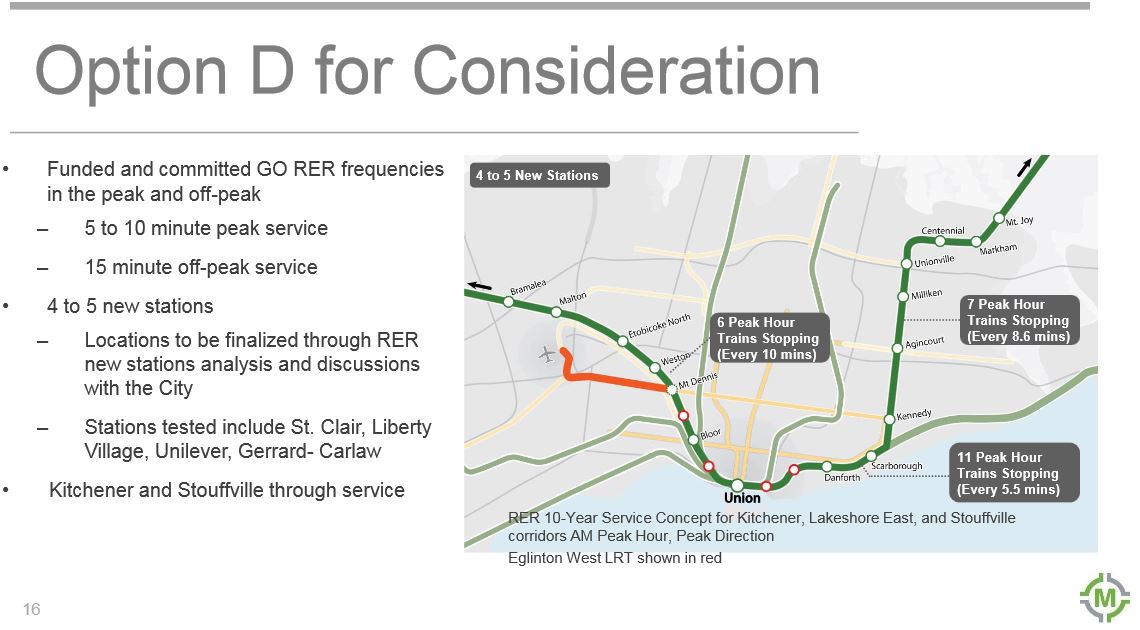AlvinofDiaspar
Moderator
Then wouldn't it make more sense to serve the areas that have already developed as opposed to the areas that might if a subway was put there? "Oh you've already densified? Ok, we'll put the subway over here then" doesn't really make much sense. Bloor-Danforth also has tonnes of densification opportunities since it's mostly low-rise mixed use. Maybe we should put a subway there?
Not necessarily - we aren't talking about building a subway in greenfield - redevelopment along Queen is pretty much a given given the proposals in the pipeline. I wouldn't be surprised if any of the proposed downtown alignments aren't all that different past Don River. Better to focus on where to put the stations I think.
AoD
Last edited:





